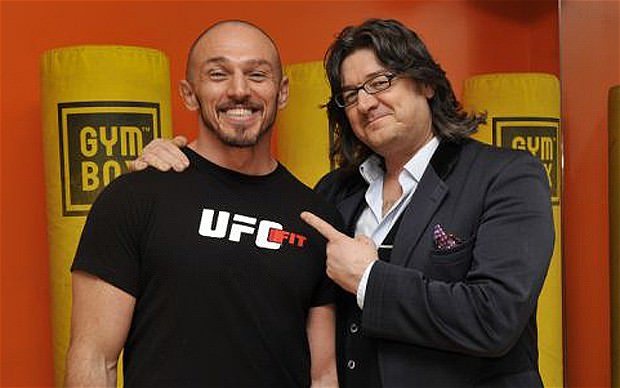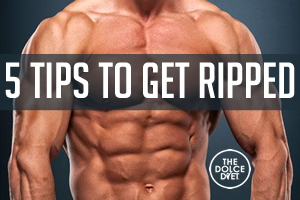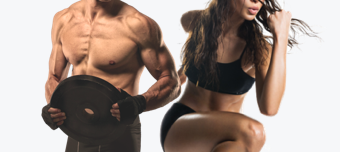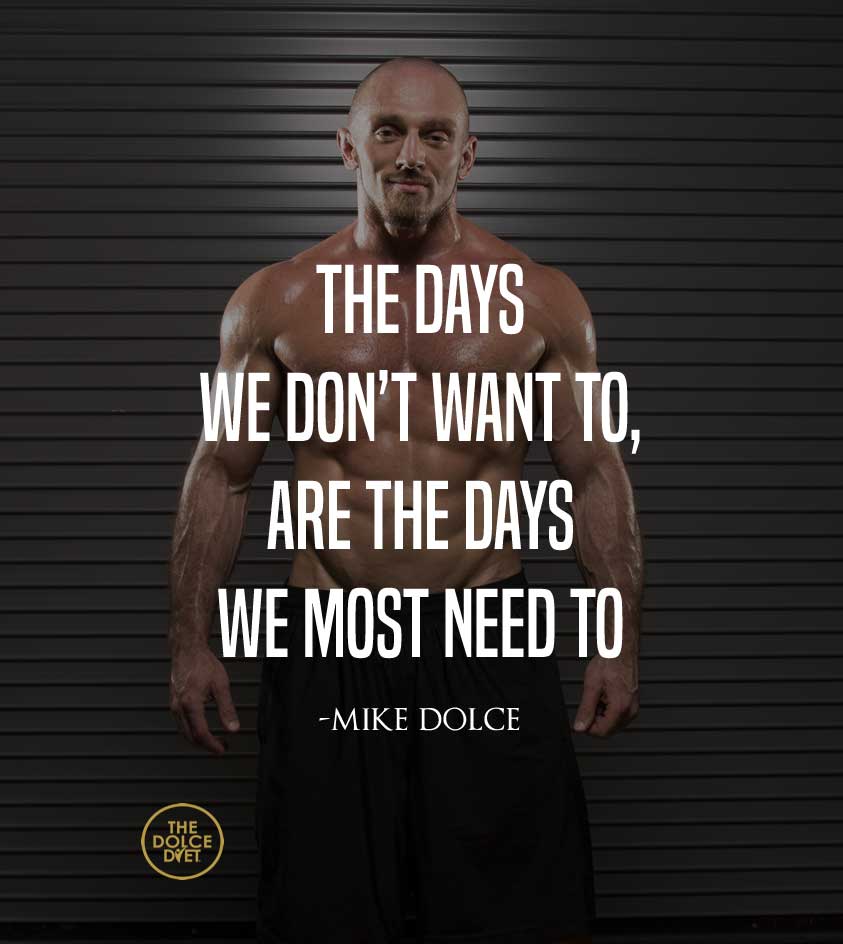Tough guys can diet, too – or at least I hope so
The Telegraph’s boxing and mixed martial arts correspondent wants to lose his flab, so, fittingly, has embarked on a tough regime used by top fighters

 We’ve all seen the ads: get a fighter’s physique in 12 weeks, with bulging biceps, sculpted abs and tiny waist. But I’m not interested in attaining the chiselled, muscular look – just in getting rid of my sizeable paunch.
We’ve all seen the ads: get a fighter’s physique in 12 weeks, with bulging biceps, sculpted abs and tiny waist. But I’m not interested in attaining the chiselled, muscular look – just in getting rid of my sizeable paunch.
None the less, as The Daily Telegraph’s correspondent on boxing and mixed martial arts, I’m embarking on the Dolce Diet, the tough weight-loss regime used by world-class professional fighters.
Why? I’ve seen the results. Mixed martial arts is the fastest-growing sport in the world, one in which participants are allowed to kick, punch, knee, wrestle and grapple each other on the floor. World champion fighters – men such as Johnny Hendricks from Texas or Britain’s Michael Bisping – typically walk around at 220lb (16 stone) but are, incredibly, able to “boil down” by about 50lb (3.6 stone) in the three months leading up to a bout, to reach their fighting weight.
It’s a tough challenge – and many rely on fitness guru Mike Dolce, to help them. Dolce, 37, is a former wrestler, professional fighter and, at one point in his twenties, a muscle-bound powerlifter who bulked up to a massive 282lb (20 stone).
“Now I’m healthy and happy at 195lb [14 stone] – the perfect weight for my frame,” he tells me when we meet. “I can run 10 miles today, squat double my body weight for multiple repetitions, and do 100 push-ups at the drop of a hat.”
Dolce has agreed to oversee my weight-loss programme. Six foot tall and weighing 210lb (15 stone), I’m aiming to lose 30lb (2 stone) in 12 weeks. At 48, I’m up against not a champion fighter, but a typical journalist’s lifestyle, including constant travel and bad eating habits.
So far, I’ve followed Dolce’s instructions to the letter: all the “normal” food has been cleared from the fridge and kitchen cupboards, to be stored in boxes or given away. Thankfully there are no family meals to worry about: both my daughters are at university and my wife Andrea, a qualified yoga instructor, is joining me on the diet.
Armed with a 137-page manual, a shopping list, recipes and 12 DVDs, I’m ready to tackle the Dolce regime. I’ll be committing to an hour of intense plyometric exercise – in which muscles exert maximum force in as short a time as possible – which means that, each day, I’ll be attacking thin air with my fists, knees and feet, and lifting light weights while doing so.
I am permitted four meals and two snacks daily. But there’s no worries about calorie counting – as long as I stick to the recipes in Dolce’s book.
On the menu are foods such as almond milk (lactose and cholesterol-free), organic agave nectar, chickpeas, broccoli, quinoa, buckwheat, tofu and wild salmon; those more associated with high-end diet mags than fight culture. Andrea is delighted: there are oats and berry smoothies for breakfast, dates and pecans for a mid-morning snack, Waldorf “warrior” salad and a skinny “sumo” stir-fry for dinner.
Like a fighter pursuing the world title belt, the success of this experiment could come down to how much I want this. I’ll be travelling to fights for five of the next 12 weeks, so the real test will be sticking to the Dolce plan while on the move.
The man himself is encouraging. “There’s no reward without the pain,” he tells me. But, he promises that the programme, if I stick to it, will transform me into “the person you deserve to be”.
More information can be found at ufcfit.com
Article originally posted here at Telegraph.co.uk




